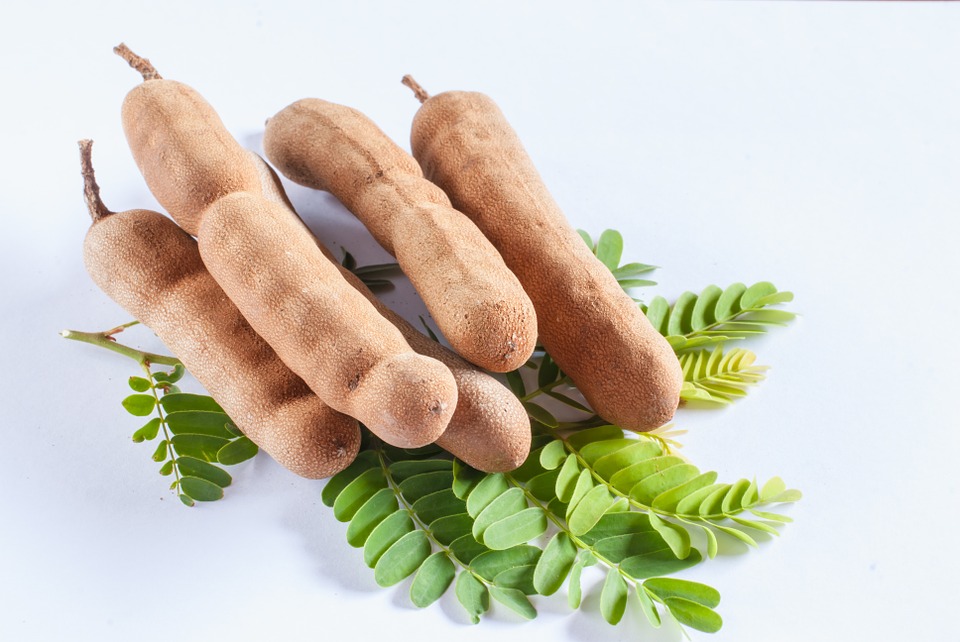Tamarind is a leguminous tree in the family Fabaceae that’s indigenous to tropical Africa. The genus Tamarindus is a monotypic taxon, having only a single species. Take a look below for 23 more fun and interesting facts about tamarind.
1. The tamarind tree produces pod-like fruit, which contain an edible pulp that’s used in cuisines around the world.
2. The name “tamarind” comes from Arabic “tamar hindi”, meaning “Indian date.”
3. Several early medieval herbalists and physicians wrote about “tamar indi,” medieval Latin use was “tamarindus”, and Marco Polo wrote of “tamarandi.”
4. In Colombia, Cuba, Dominican Republic, Mexico, Peru, Puerto Rico, Venezuela, Italy, Spain and throughout the Lusosphere, tamarind is called “tamarindo.”
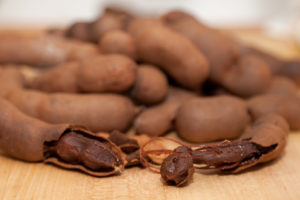
5. Tamarind is most likely indigenous to tropical Africa, but it has been cultivated for so long on the Indian subcontinent that it’s sometimes reported to be indigenous there, where it’s known as “imli” in Hindu-Urdu.
6. Tamarind grows wild in Africa in locales as diverse as Sudan, Cameroon, Nigeria and Tanzania.
7. In Arabia, tamarind is found growing wild in Oman, especially Dhofar, where it grows on the sea-facing slopes of mountains.
8. Tamarind is widely distributed throughout the tropical belt, from Africa to South Asia, northern Australia, and throughout Oceania, Southeast Asia, Taiwan and China.
9. In the 16th century, tamarind was introduced to Mexico, and to a lesser degree to South America, by Spanish and Portuguese colonists, to the degree that it became a staple ingredient in the region’s cuisine.
10. India is currently the largest producer of tamarind.
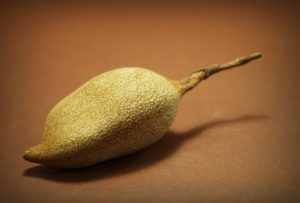
11. The tamarind is a long-lived, medium-growth tree, which can attain a maximum crown height of 12 to 18 meters, or 39 to 59 feet. The crown has an irregular, vase-shaped outline of dense foliage.
12. The evergreen leaves of the tamarind tree are alternately arranged and pinnately lobbed. The leaflets are bright green, elliptic-ovular, pinnately veined, and less than 5 centimeters, or 2 inches, in length.
13. Tamarind flowers are 2.5 centimeters, or 1 inch, wide, five-petaled, borne in small racemes, and yellow with orange or red streaks.
14. Tamarind has a fleshy, juicy, acidulous pulp. It’s mature when the flesh is brown or red in color.
15. Tamarind pulp is edible. The hard green pulp of a young fruit is considered by many to be too sour, but it’s often used as a component of savory dishes, as a pickling agent or as a means of making certain poisonous yams in Ghana that are safe for human consumption.
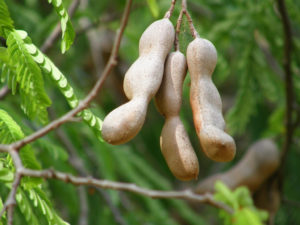
16. Throughout Southeast Asia, tamarind is used as a poultice applied to foreheads of people who are suffering with a fever.
17. Tamarind exhibits laxative effects due to its high quantities of malic acid, tartaric acid, and potassium bitartrate.
18. Tamarind lumber is used to make furniture, carvings, turned objects, chopping blocks, and other small specialty wood items.
19. In homes and temples, especially in Buddhist Asian countries, tamarind pulp is used to polish brass shrine statues and lamps, and copper, brass and bronze utensils.
20. Throughout south Asia and the tropical world, tamarind trees are used as ornamental, garden and cash crop plantings.
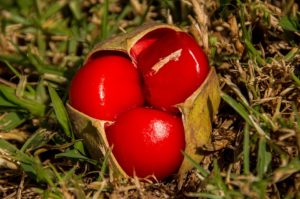
21. In some Asian countries, tamarinds are used as a bonsai species.
22. In hens, tamarind has been found to lower cholesterol in their serum, and in the yolks of the eggs they laid.
23. Different parts of tamarind are recognized for their various medicinal properties. For example, a study has reported that the seed, leaf, leaf veins, fruit pulp and skin extracts of tamarind possessed high phenolic content and antioxidant activities.

